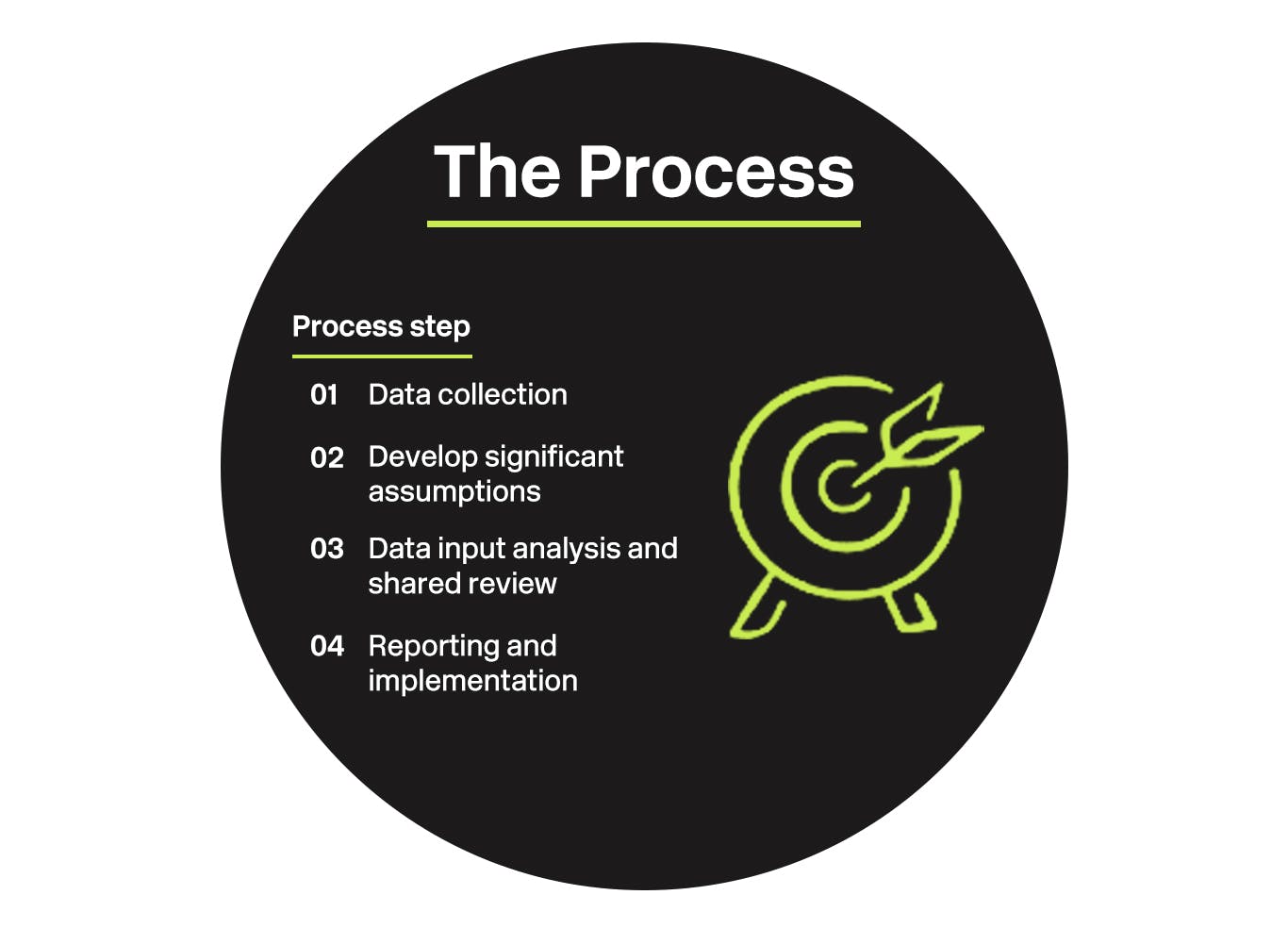
Predictive analytics: forecasting utility financial performance
In a utility, missing a revenue budget generally means the dollars are lost. Utilities are not like a retail or manufacturing operation in that lost revenues cannot be made up with sales campaigns or promotional discounts. This is because electricity is produced in real-time. Once the moment has past, the opportunity for the sale is gone.
Effective forecasting is a tool that provides a view into the crystal ball (with some science and experience behind it), essentially zeroing in on revenue targets as energy markets and customer electricity usage habits change.
Basic forecasting methods
There are various types of forecasting – all follow the same basic process:

Qualitative forecasting uses expert judgment, rather than numerical analysis, while quantitative forecasting compiles historical data to discern future trends. Both are good methods although as we move into the era of “Big Data,” a more robust tool is needed. Enter “predictive analytics.”
Predictive analytics is a forecasting tool made for big data
Predictive analytics by definition is used to make predictions about unknown future events. This forecasting technique uncovers usage patterns using tools such as:
- Data mining
- Statistics
- Modeling
- Machine learning
- Artificial intelligence
As smart meters allow for minute-by-minute and real-time collection of customer usage data, utilities are well positioned to use this data in developing customer forecasts and usage patterns. The data, when analyzed for trends and coupled with weather forecasts, can be used effectively in developing daily, weekly, monthly and annual customer revenue forecasts.
The Energy Information Administration (EIA) estimates 80 million smart meters were installed in the United States as of 2017 and forecasts this number to grow to 132 million by 2020. Increased smart meter usage promises a rich treasure of data that will help utilities zero in on more accurate forecasts, adjustable to rapid energy market and customer base changes.
Other uses for predictive analytics
Predictive analytics has many utility-specific applications such as:
- Customer service
- Grid management
- Energy purchasing and forecasting
- Demand response
- Revenue collection
- Capacity planning
- Distributed generation forecasting
- Cost of service, rate design and revenue forecasting
Predictive analytics can also be used for these general applications:
- Customer relationship management
- Fraud detection
- Risk management
- Asset maintenance
Explore the future of predictive analytics
This article is the first of a series into tools utilities can use to enhance forecasting, improve processes and ready operations for the utility of the future.
For more information on this topic, or to learn how Baker Tilly power and utilities specialists can help, contact our team.
